WandaVision adopts the language of a domestic sitcom but plays it as a horror.
The first two episodes of WandaVision are a loving ode to television as a medium and to the sitcom as one of the defining modes of American television through the decades. These episodes are a treasure trove of homages and references to the genre, from an affectionate nod to Rob Petrie (Dick Van Dyke) tumbling over an ottoman in The Dick Van Dyke Show to animated opening credits riffing on Bewitched through to the sort of integrated advertising one might have seen on I Love Lucy.
The plotting itself is built around familiar sitcom devices. The first episode uses the trope of comedic miscommunication between Wanda (Elizabeth Olsen) and Vision (Paul Bettany) leading the couple to stage an improvised dinner for Vision’s boss, Mr. Hart (Fred Melamed), and his wife (Debra Jo Rupp). The second episode finds the duo enlisted to participate in a local talent show, which goes off the rails when Vision accidentally swallows a stick of gum and acts intoxicated.
However, lurking beneath the polished sitcom surface is something unsettling and uncanny. The adjective “Lynchian” is both overused and vaguely defined. However, WandaVision often feels indebted to the work of the absurdist director, particularly in its use of dissonance. That dinner plot in the first episode is interrupted by a sequence in which Mr. Hart starts choking. The lights dim. The camera shifts from the sitcom setup. Mrs. Hart begins giddily chanting and repeating, “Stop it.”
In the next episode, Wanda discovers a miniature helicopter in the bushes outside her family home. It is inexplicably bright red, contrasting with the black-and-white surroundings. This combines two core images from Lynch’s Blue Velvet: the opening shots of the roses and fences of suburbia and the discovery of a human ear in the long grass shattering Jeffrey Beaumont’s (Kyle MacLachlan) illusions about his community. (It also evoked Gary Ross’ deconstruction of 1950s suburbia in Pleasantville.)

Lynch is heavily influenced by the pop culture of the 1950s and has treated stereotypical images of the American home as a source of dread and anxiety throughout his career. He turns images of domesticity into waking nightmares. Twin Peaks is a loving tribute to classic soap operas, but much of the show’s horror comes from juxtaposing those wholesome setups with something monstrous inside or outside the family. The haunting Rabbits plays more directly with the sitcom format.
WandaVision offers a similar blend of nostalgia and anxiety in its classic sitcom aesthetic. The collision of superhero and sitcom is an interesting one. These days, the Marvel Cinematic Universe is a dominant cultural force, and critics like Alyssa Rosenberg point to Avengers: Endgame as an example of the “monoculture” that seems increasingly imperiled. This is part of what makes WandaVision so clever: The show is built on the understanding of the sitcom’s historic role in that monoculture.
The family sitcom was an institution from the earliest years of television as a medium, emerging against the prosperous backdrop of the 1950s. I Love Lucy launched in 1951 and became the most watched show on television for four of its six seasons. In its debut season in 1964, Bewitched was second only to Bonanza in terms of viewership. However, these shows arguably became even more influential in syndication, even in the era of streaming; 40 million Americans watched I Love Lucy in 2011.
These domestic sitcoms do not just reflect the life of American families, but also project an aspirational ideal. As Jen Chaney wrote of the format in Vulture, “They tell us who we are, and they tell us who we wish we could be.” There’s a reason why George H.W. Bush promised in August 1992 “to make American families a lot more like the Waltons and a lot less like the Simpsons.” The American sitcom has long projected an image of what the American family should be.
Indeed, the domestic sitcom has done a lot over the years to shift the American public’s understanding of what a “normal” family looks like. In 1969, the same year that California introduced the no-fault divorce legislation that would spread across the country in the decade that followed, The Brady Bunch built a sitcom around a blended family. In 2012, Modern Family helped American viewers to embrace and support the idea of gay marriage.

However, the traditional domestic sitcom could be suffocatingly normative, projecting a very conventional idea of family life. Allowing for outliers like The Honeymooners, early sitcoms like I Love Lucy, Bewitched, The Dick Van Dyke Show, and Leave It to Beaver tended to be middle class. Even when sitcoms embraced diverse perspectives, they did so conservatively. This has gotten better with the emergence of shows like Fresh off the Boat or Black-ish, but only very recently.
The Cosby Show was a watershed moment for representation on television, but it depicted a model family that rarely talked about race. In the 1990s, Friends could depict a lesbian wedding, but the two women could not kiss on screen. Even in recent shows like Modern Family, gay couples tend to be depicted for the heterosexual gaze: They are rarely physical or allowed to talk about sex like straight couples, and they are often monogamous and aspiring to or living in traditional marriage.
This history permeates and informs the sitcom surroundings of WandaVision, which is essentially a show about Wanda and Vision constructing an elaborate domestic lie to blend in. The first episode’s theme song introduces that “a New York couple just moved to town,” who are “a regular husband and wife.” In the opening scene, as Vision leaves for work, he finds Wanda working in the kitchen. “I know the apron is a bit much, dear, but I am doing my best to blend in,” she tells him.
There’s a pervading fear of difference running through WandaVision, as well as a fear of being exposed as different. Vision must disguise his robotic appearance and hide the fact that he doesn’t eat, presenting himself as a “normal” guy. When Agnes (Kathryn Hahn) stops by, Wanda insists, “Well, I assure you I’m married. To a man.” Much is made of Wanda’s status as a foreigner; she is “from Europe” and explains a comedic mishap as “the traditional Sokovian greeting of hospitality.”
The fears of the 1950s and 1960s echo through the episodes. Mr. Hart fired Phil Jones (David Lengel) for “wearing a turtleneck” at dinner. When he finds out that Wanda is from Europe, he chides, “We don’t break bread with Bolsheviks.” Locked out of an organizing meeting by blonde-haired Dottie Jones (Emma Caulfield), Wanda strikes up a friendship with Geraldine (Teyonah Parris), the only black woman at the meeting. “I actually don’t know what I’m doing here,” Geraldine confesses.

Throughout WandaVision is a sense that Wanda and Vision have not constructed a life that they want, but a life that others have conditioned them to want. Tellingly, the broadcast is intercut with commercials for Stark Toasters and Strucker Watches. “How long have you been married?” Mrs. Hart demands. “And why don’t you have children yet?” The talent show in the second episode is organized “for the children,” with the banner even reading “for the children.” The messaging is clear.
These norms seem to be imposed on Wanda and Vision. This life is being sold to them. The episodes find the characters on a journey to a stereotypical and conventional heteronormative family life: the first episode ends with the two married, and the second with Wanda expecting a child. It’s notable that this is a recurring motif in comics focused on the characters, Steve Englehart and Richard Howell’s The Vision and the Scarlet Witch or Tom King and Gabriel Hernandez Walta’s The Vision.
The nostalgic nightmare of WandaVision exists in the context of a broader cultural nostalgia. After all, many critics argued that Donald Trump’s promise to “Make America Great Again” appealed to “voters who long for Leave It to Beaver.” WandaVision takes this nostalgia to its horrific extremes, imagining a world where anything unconventional has to be sanded down to conform, where any difference has to be excused, and where settling down and starting a family is the only option.
The second episode suggests that Wanda herself has played some part in constructing this elaborate fantasy, rejecting the intrusion of an outside figure into this world in the episode’s closing moments. However, it’s easy to understand why Wanda’s fantasy looks and feels like this. Even as a Sokovian, Wanda likely grew up watching syndicated reruns of The Dick Van Dyke Show, I Love Lucy, and Bewitched, and those pervasive images shaped her idea of what a normal life looks like.
However, in WandaVision, that fantasy becomes a trap.

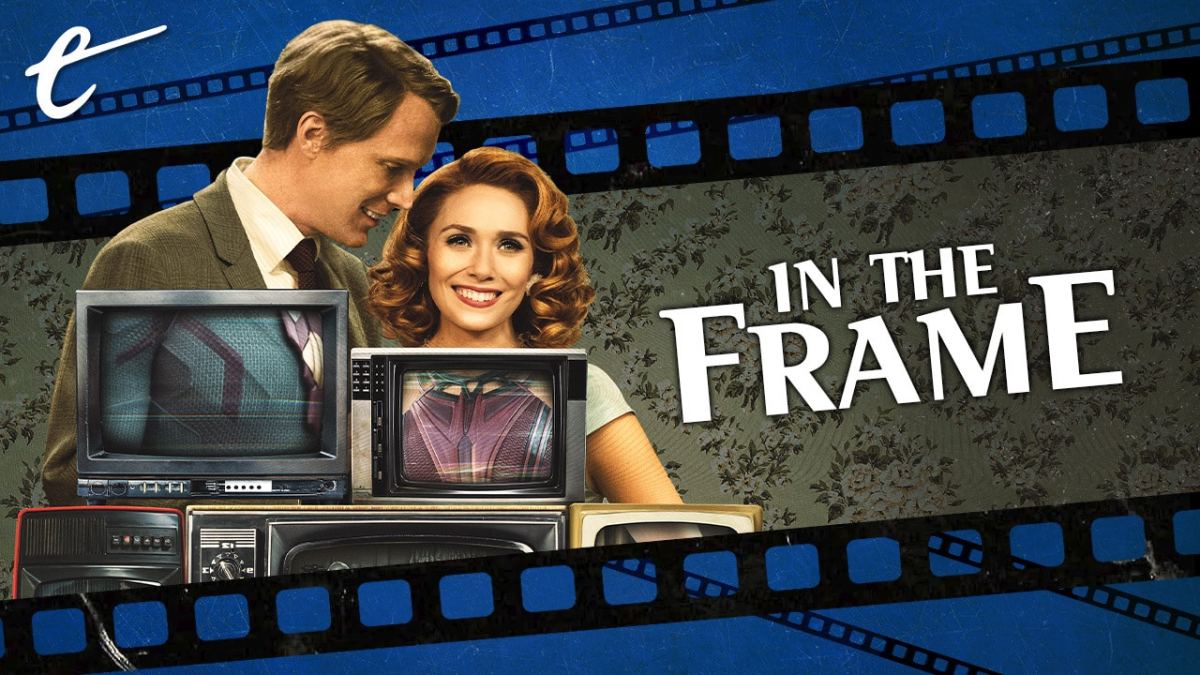





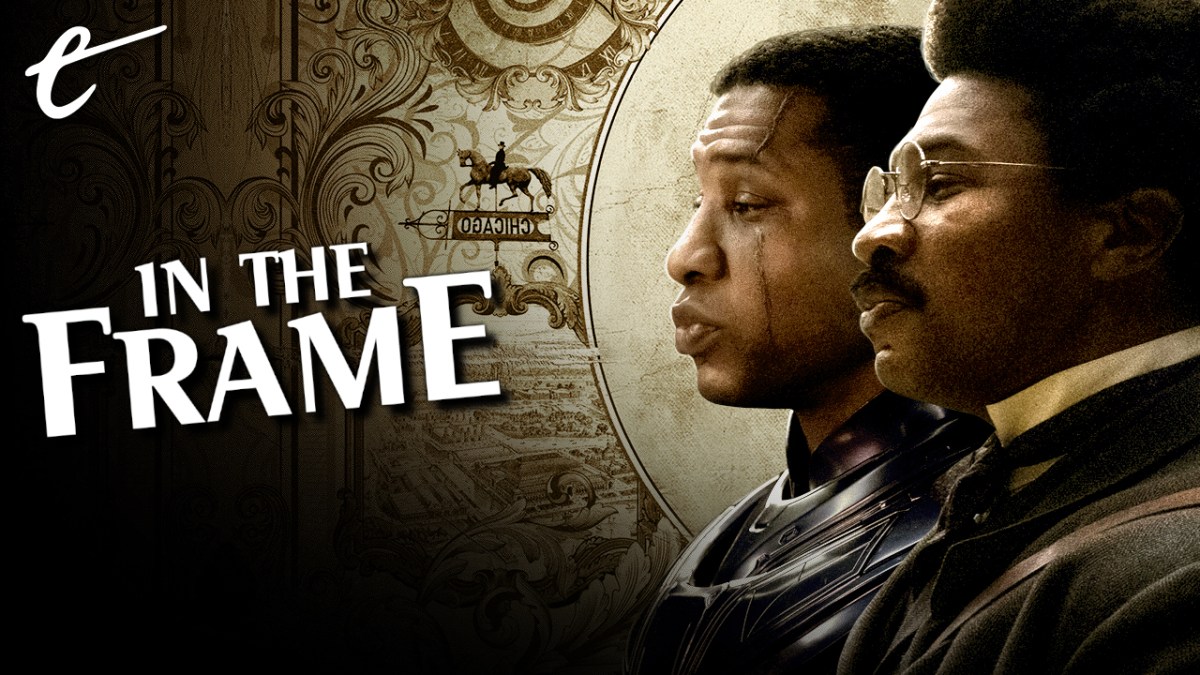

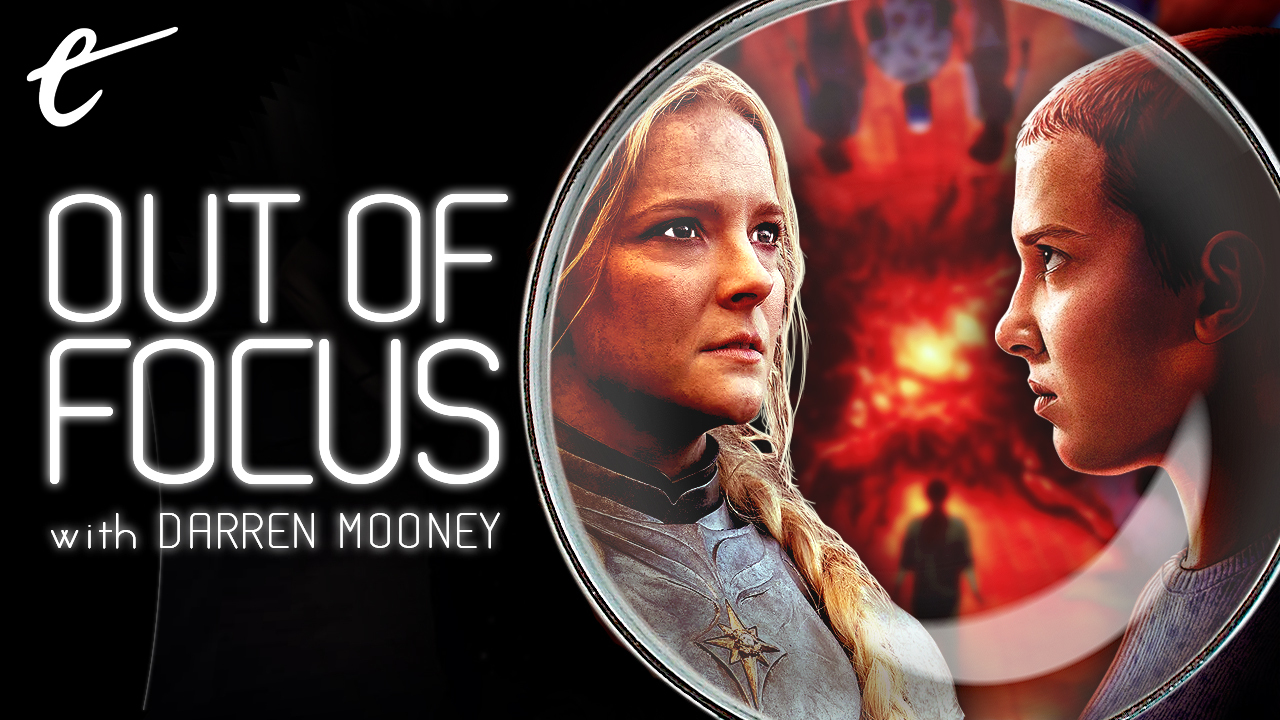

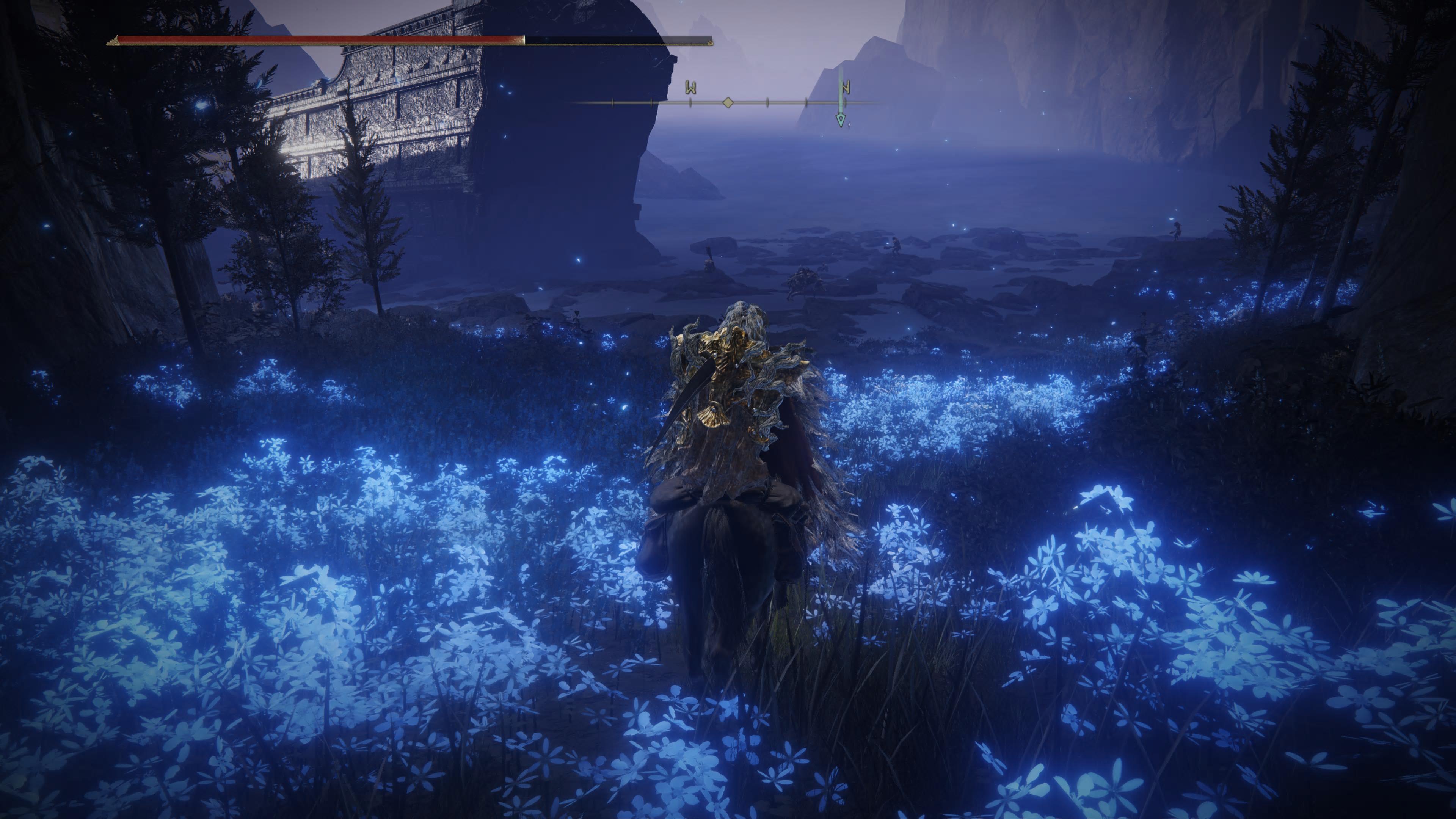
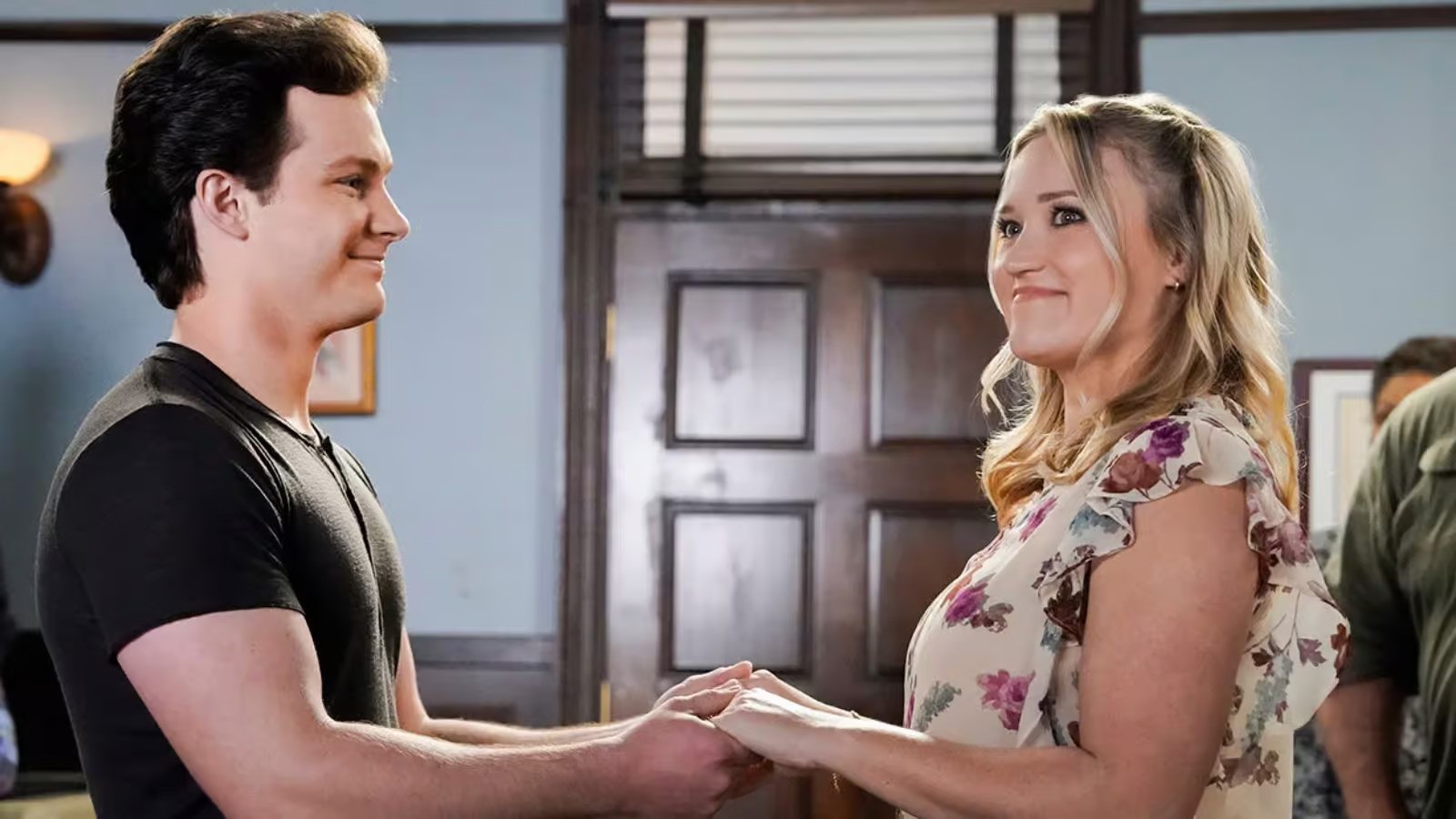

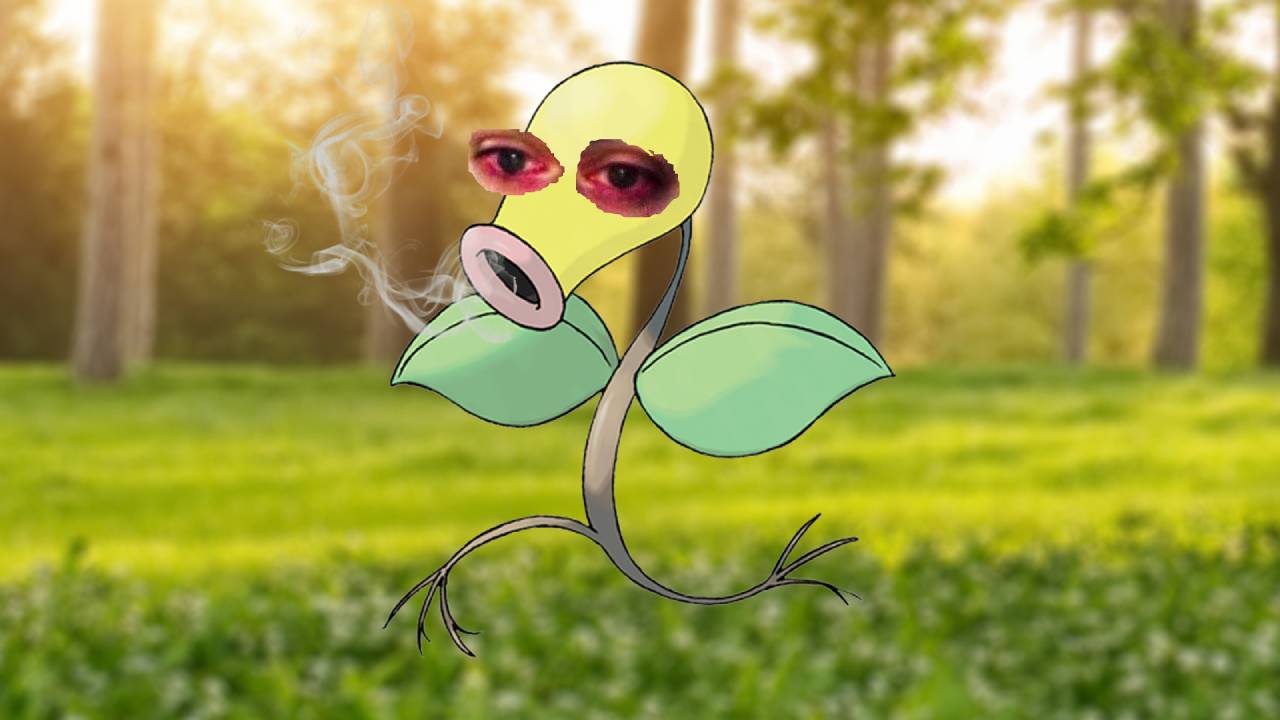



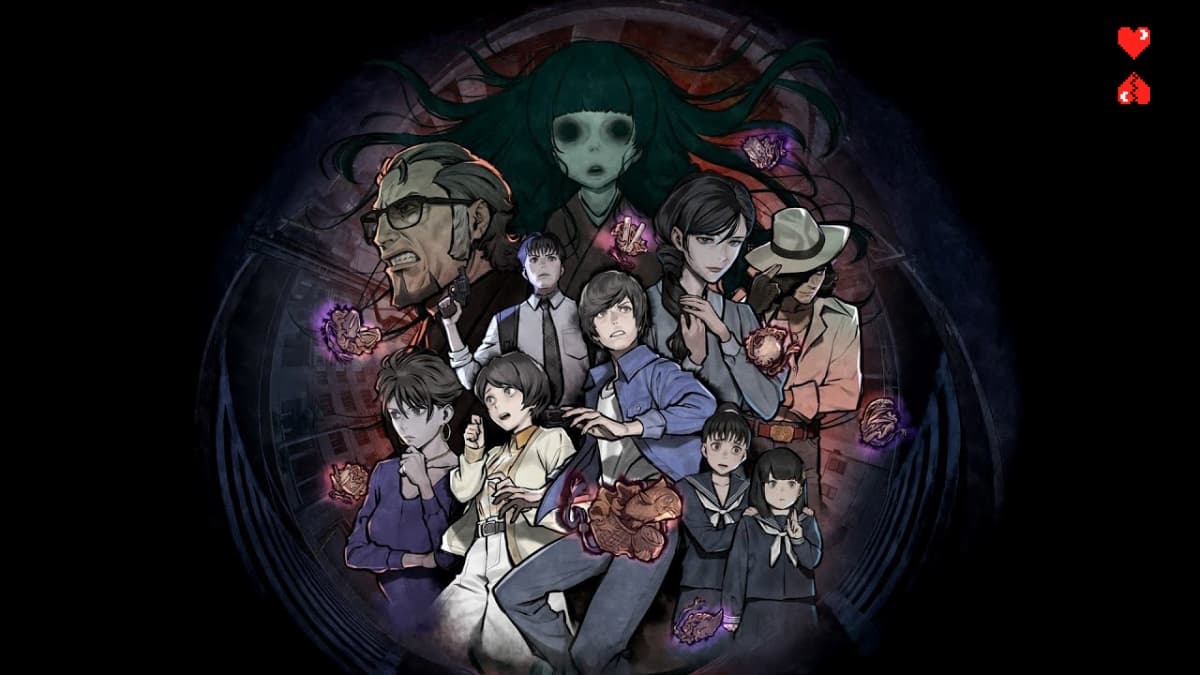
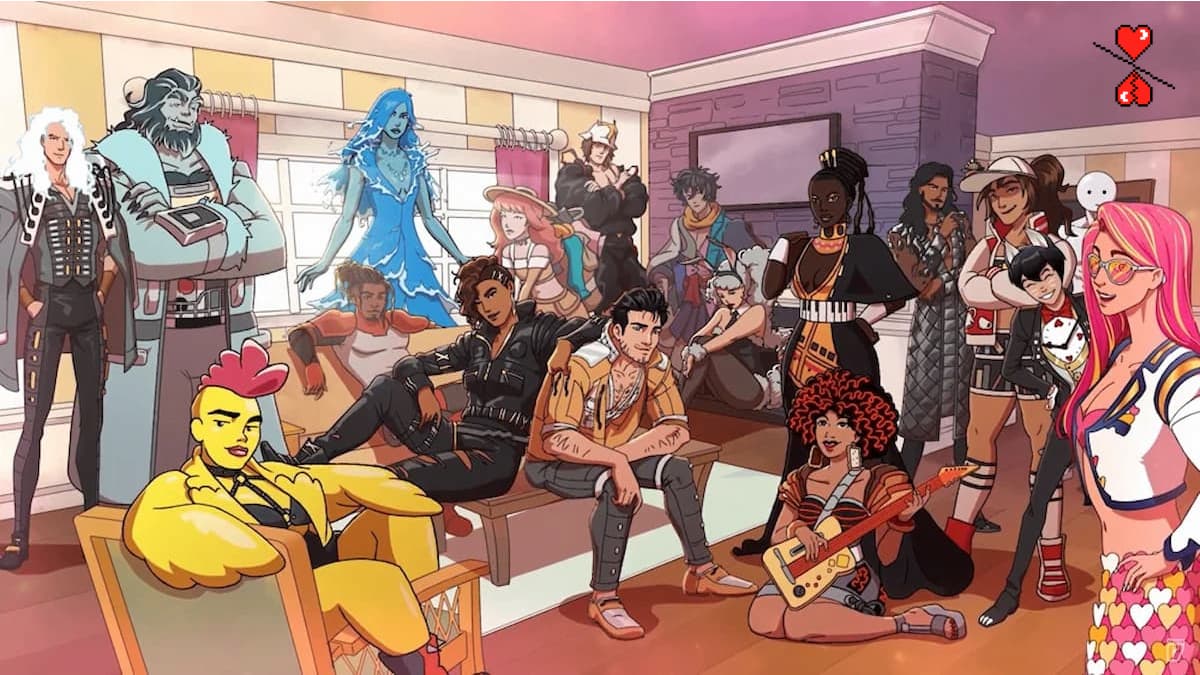


Published: Jan 22, 2021 3:00 PM UTC